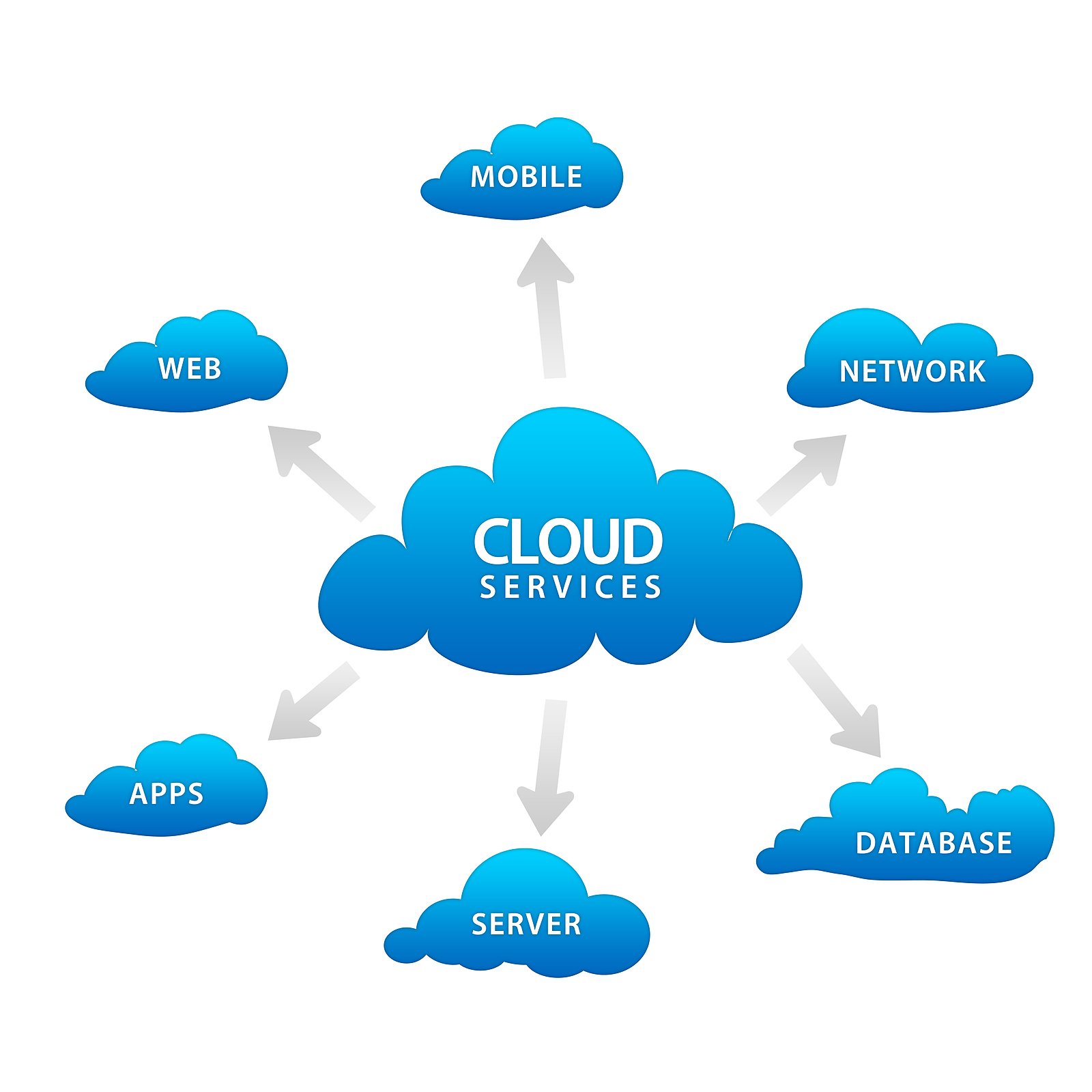Leading Advantages of Cloud Services: Enhance Your Business Performance and Versatility
Leading Advantages of Cloud Services: Enhance Your Business Performance and Versatility
Blog Article
Transform Your IT Framework With Cloud Provider
In today's hectic organization landscape, the duty of IT facilities can not be undervalued. Welcoming cloud solutions supplies organizations a myriad of benefits, from increased adaptability to enhanced cooperation. The trip to transforming your IT framework is not without its challenges. As modern technology continues to advance, remaining ahead of the curve and making informed choices regarding cloud services is critical. The essential depend on recognizing exactly how cloud solutions can improve your organization's IT landscape and drive technology.
Advantages of Cloud Services
Leveraging cloud services uses companies a scalable and affordable option for managing their IT framework. One of the essential benefits of cloud services is the flexibility they supply. Organizations can quickly scale their sources up or down based upon their existing requirements, permitting for reliable resource allotment. This scalability also makes it possible for services to rapidly adapt to changing market conditions without the demand for considerable upfront financial investments in hardware or framework.

Moreover, cloud services promote collaboration and remote job by supplying employees with accessibility to information and applications from anywhere with a net connection. This availability boosts performance and enables smooth partnership among employee, despite their physical area. Overall, the advantages of cloud solutions are vast, making them an appealing alternative for companies wanting to modernize their IT facilities.

Migration Approaches
To effectively change to cloud services, companies need to thoroughly plan and implement migration methods that align with their company purposes and IT needs. The first step in this procedure is to carry out a detailed assessment of the existing IT facilities to determine which applications and information can be moved to the cloud. Organizations must prioritize workloads based on aspects such as protection requirements, performance requirements, and compliance guidelines.
As soon as the assessment is complete, organizations can choose the most suitable movement strategy. This can include rehosting, refactoring, rearchitecting, or rebuilding applications for the cloud environment. When selecting the movement method., it's important to consider factors like cost, complexity, and time constraints.
Moreover, companies must produce a comprehensive migration plan that lays out the timeline, sources, and obligations for each action of the movement process - universal cloud Service. Regular screening and surveillance are important to make sure a smooth shift and reduce disruptions to company operations. By complying with these migration approaches, organizations can Home Page unlock the complete potential of cloud services and drive development within their IT facilities
Safety And Security Factors To Consider
Making certain robust safety steps is vital when incorporating cloud solutions right into a company's IT infrastructure. The shift to the cloud brings distinct safety and security factors to consider that need to be resolved to protect sensitive data and maintain operational integrity.
Furthermore, executing strong access controls is important. This includes specifying individual authorizations, verification procedures, and monitoring access to stop unauthorized individuals from acquiring entry to sensitive resources. Normal security audits and analyses are crucial to identify susceptabilities and make certain conformity with market regulations.
Additionally, organizations should have a durable occurrence action plan in place to promptly attend to safety and security violations or information compromises. This plan should describe actions to contain the incident, minimize damage, and restore typical procedures efficiently. By focusing on protection factors to consider and implementing positive procedures, companies can confidently utilize cloud solutions while securing their digital properties.
Cost-Saving Tips
When simplifying IT infrastructure with cloud solutions, companies can optimize their budget plan with critical cost-saving suggestions. Furthermore, businesses can save on functional prices by decreasing the need for on-site maintenance and assistance team, as several cloud services provide automated updates and assistance.
An additional cost-saving pointer is to thoroughly keep an eye on and readjust cloud usage to prevent unneeded expenditures. By regularly evaluating usage data and scaling resources up or down based on demand, organizations can ensure they are not spending beyond your means on unused capability. Taking into consideration hybrid or multi-cloud cloud options can likewise lead to cost savings by permitting companies to choose the most cost-effective solutions for each work.
Future Patterns
The development of cloud services is forming the future landscape of IT framework. As we look in advance, a number of crucial patterns are poised to affect just how organizations leverage cloud solutions to boost their IT operations. One considerable fad is the boosting adoption of multi-cloud browse around these guys strategies. Organizations are identifying the advantages of distributing work throughout multiple cloud service providers to optimize efficiency, improve resilience, and minimize dangers associated with supplier lock-in.
One more noticeable pattern is the surge of side hop over to here computing together with cloud solutions. Edge computer brings handling closer to the data resource, decreasing latency and making it possible for real-time data evaluation. This pattern is particularly crucial in markets such as IoT, autonomous automobiles, and medical care, where instant decision-making is essential.
In addition, the combination of expert system (AI) and equipment knowing (ML) capacities into cloud services is established to redefine just how organizations remove insights from their data. AI-driven automation, anticipating analytics, and individualized customer experiences are just several of the ways AI and ML are transforming cloud solutions.
Conclusion
In verdict, cloud services use many benefits for organizations looking to transform their IT framework. Welcoming cloud solutions can lead to a much more nimble and competitive service landscape, enabling for higher adaptability to transforming market problems and improved collaboration among teams.
Ensuring robust safety actions is paramount when integrating cloud services into an organization's IT facilities.In verdict, cloud services supply numerous benefits for organizations looking to transform their IT facilities.
Report this page